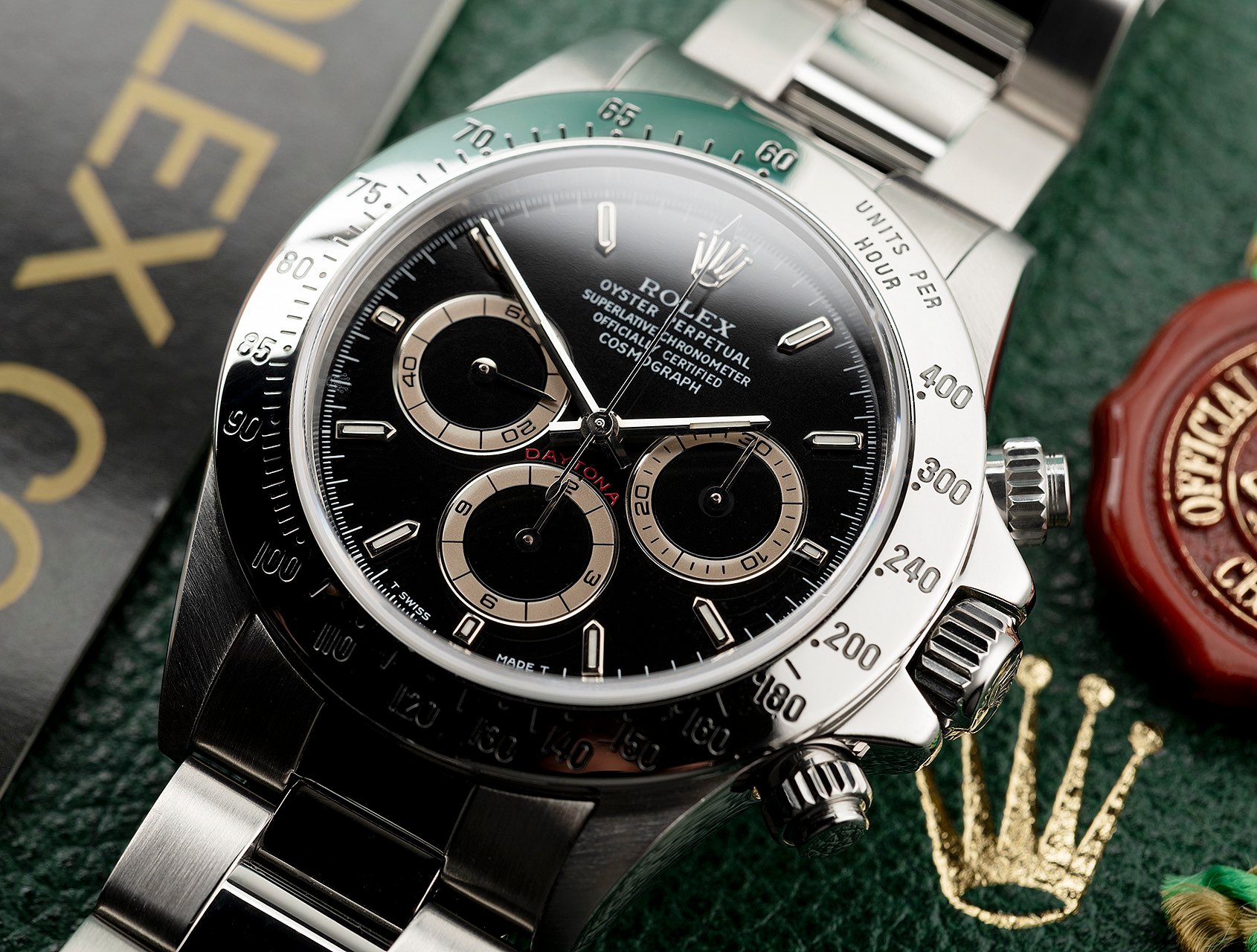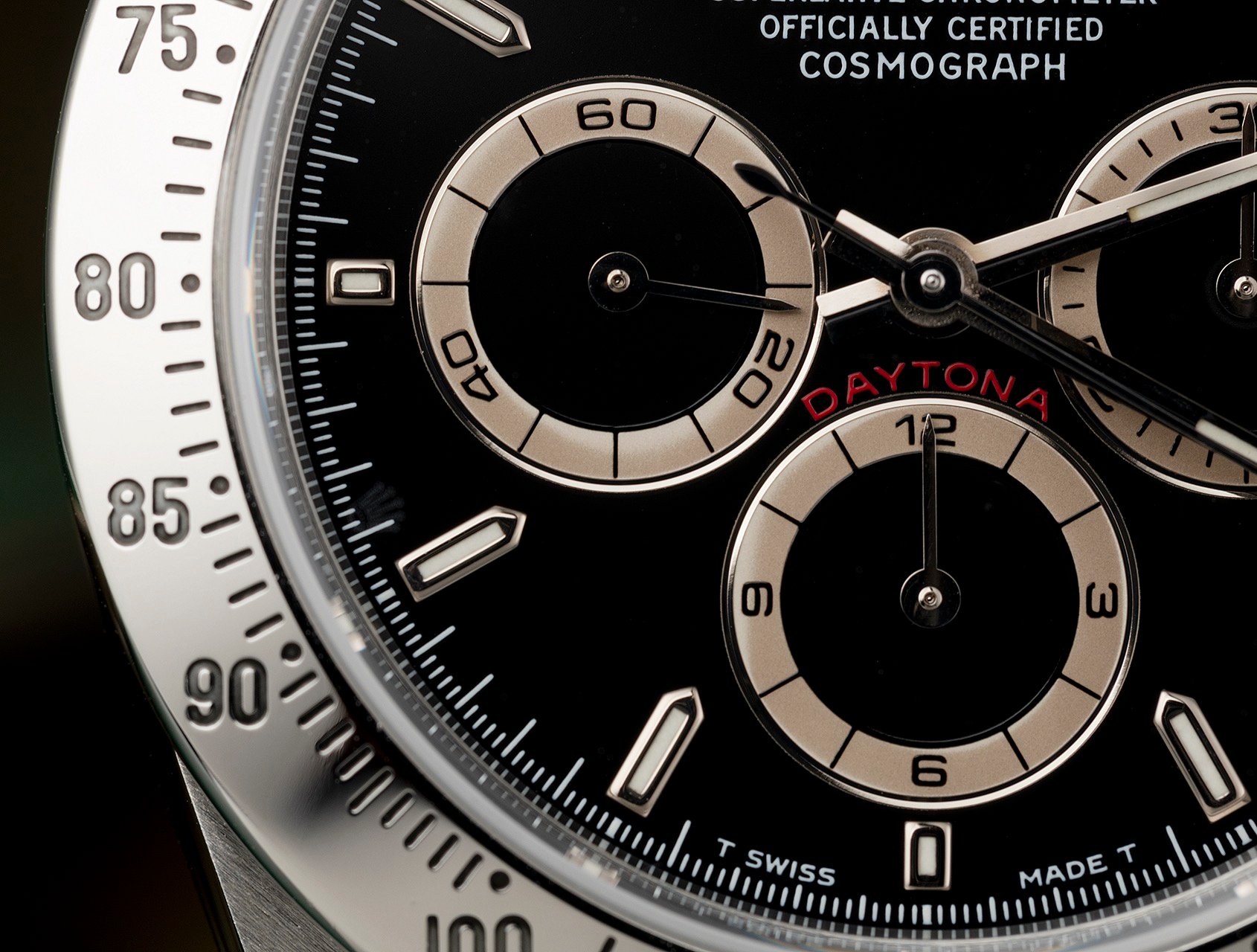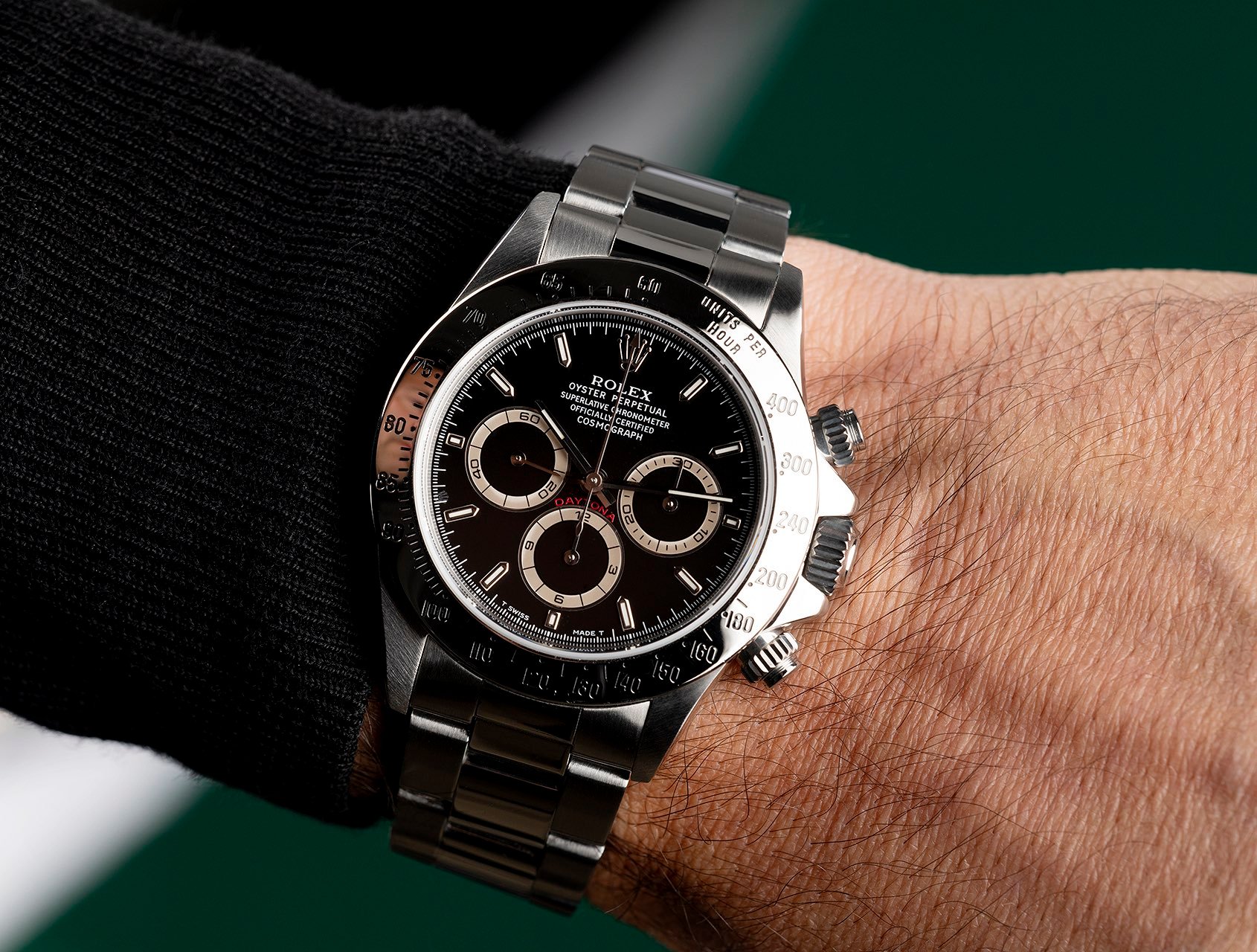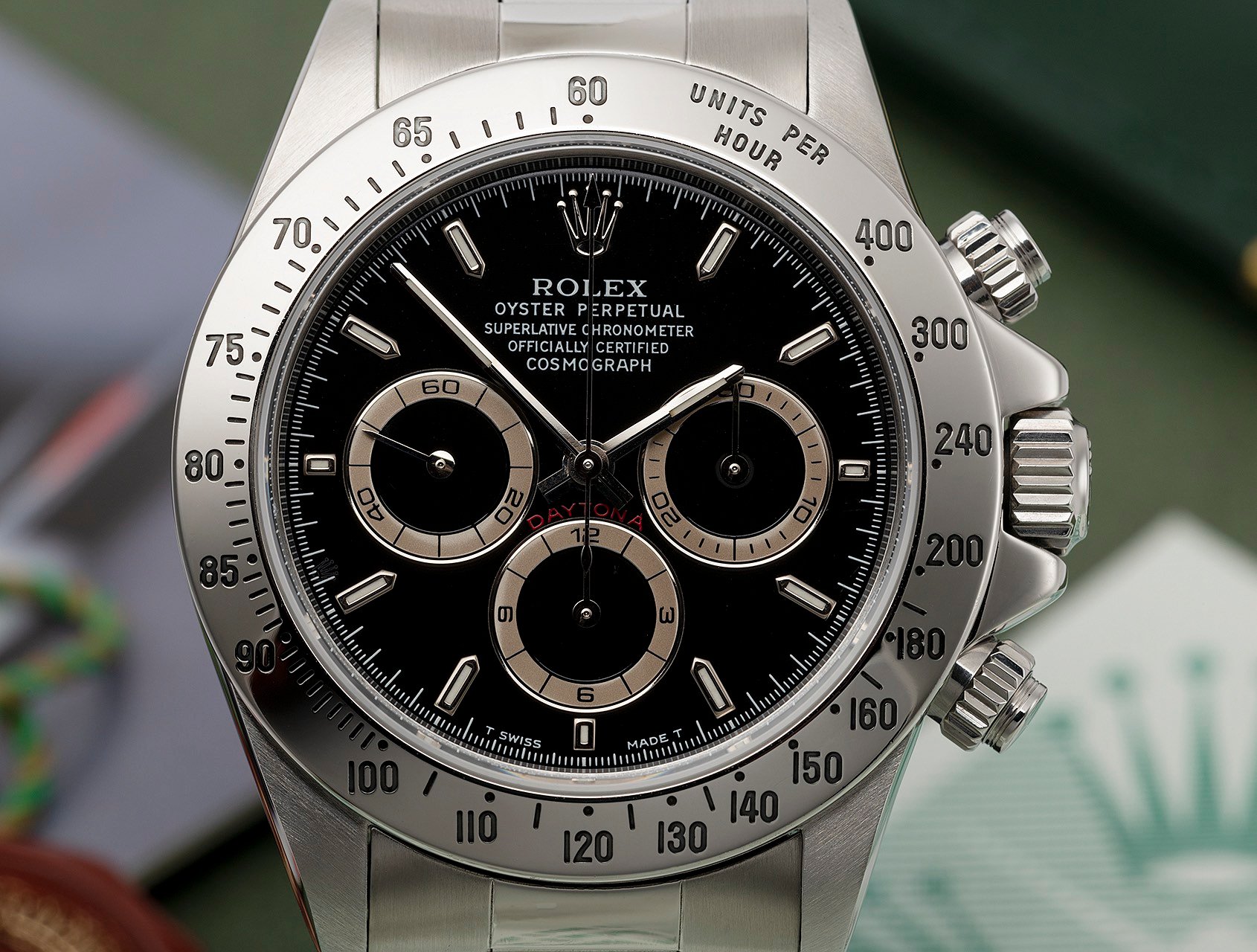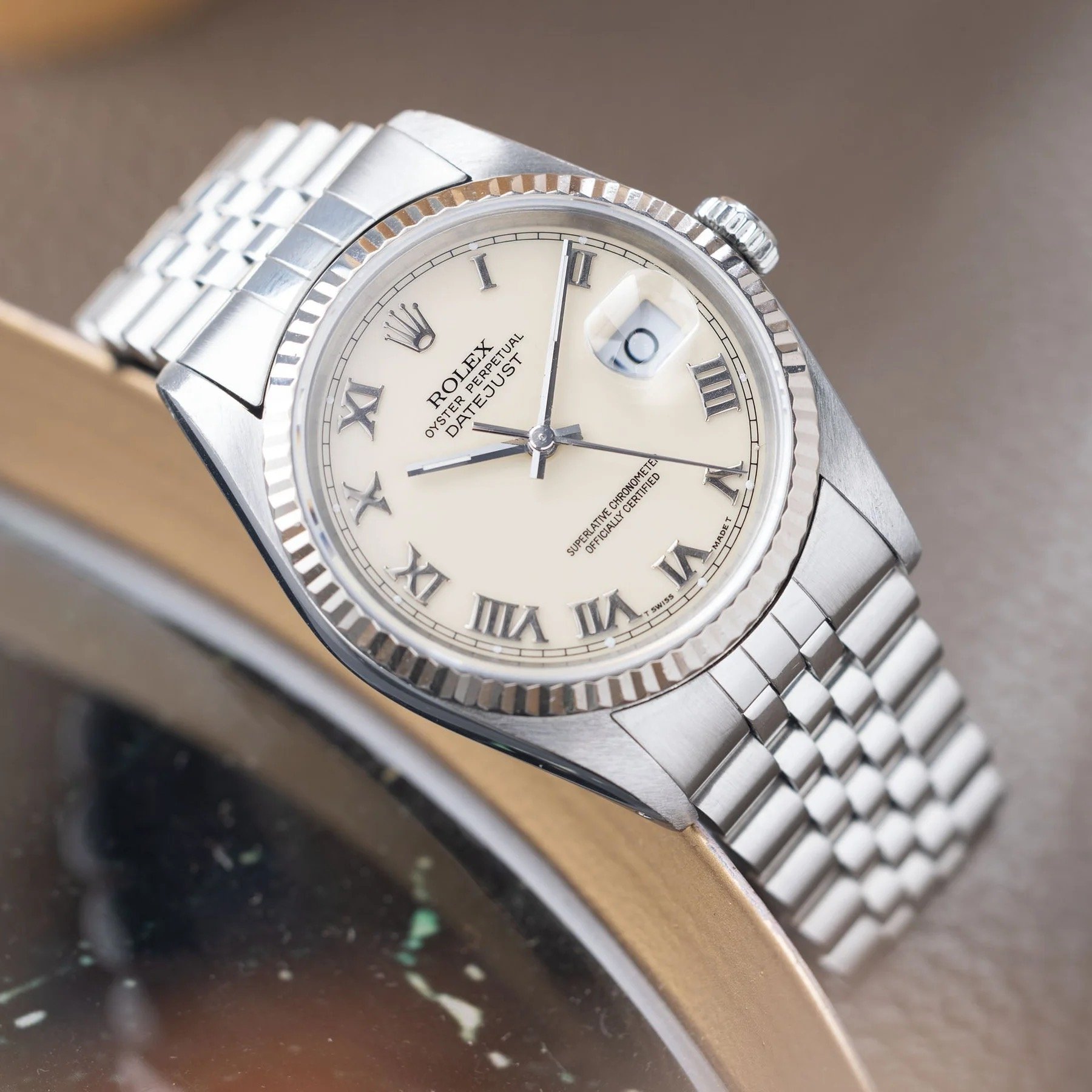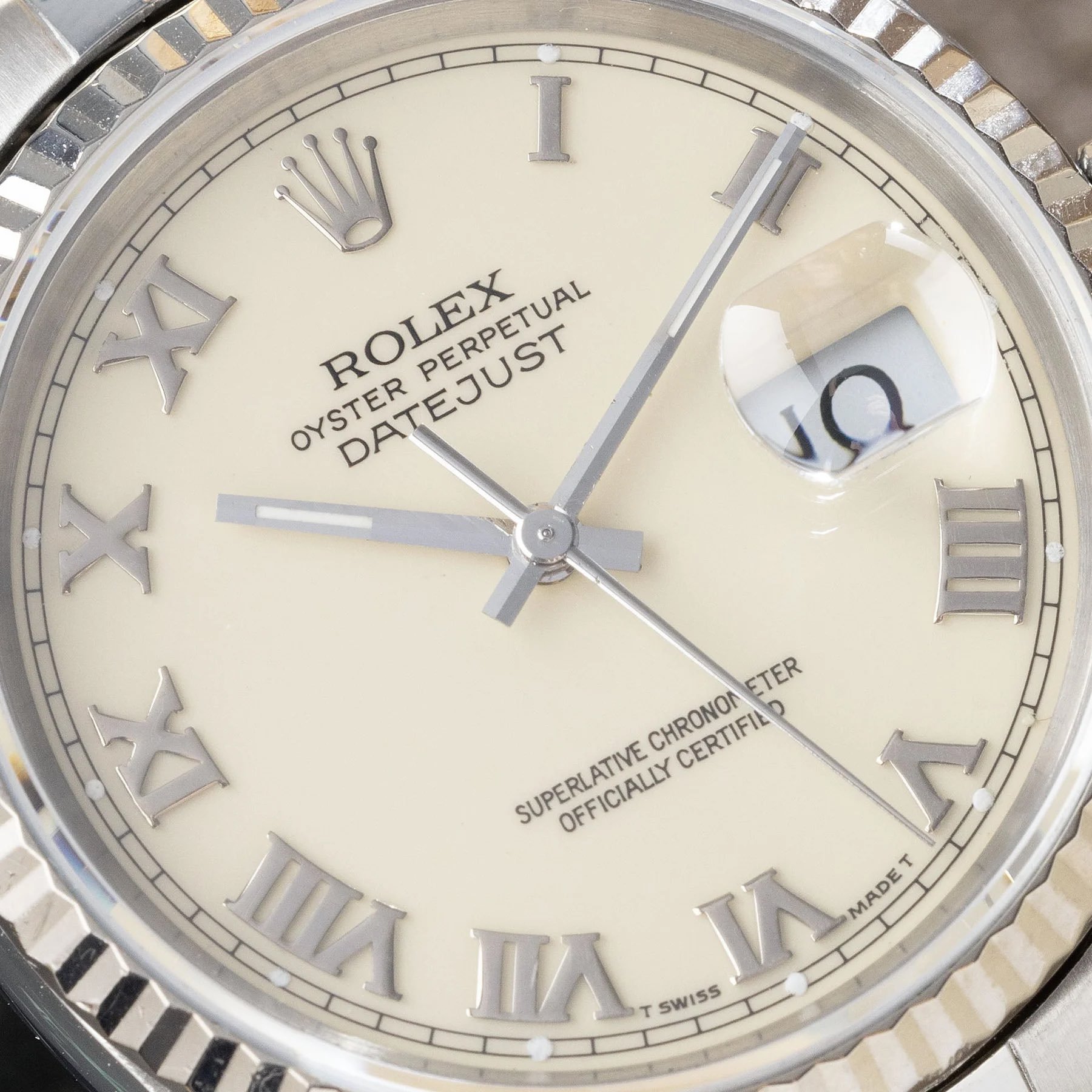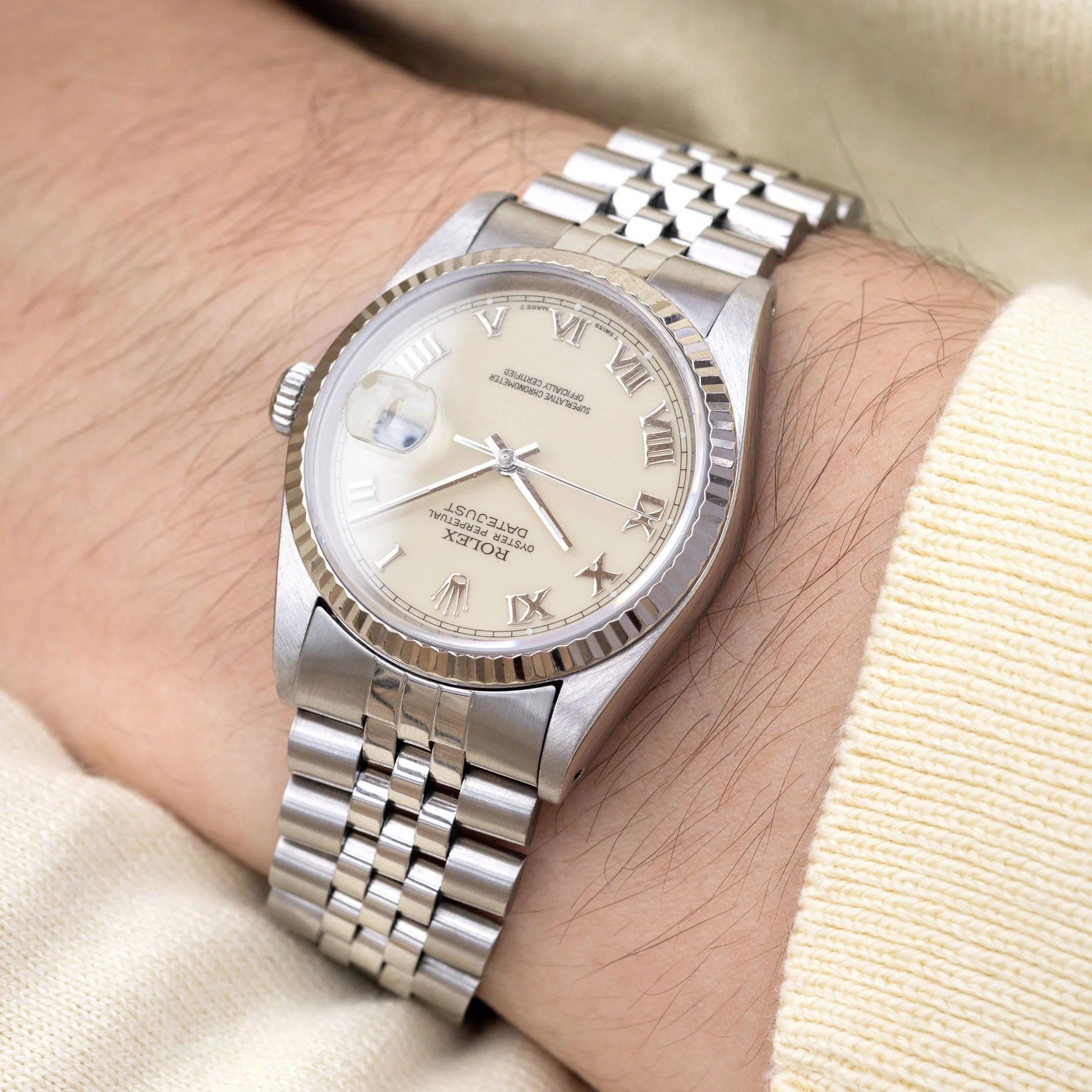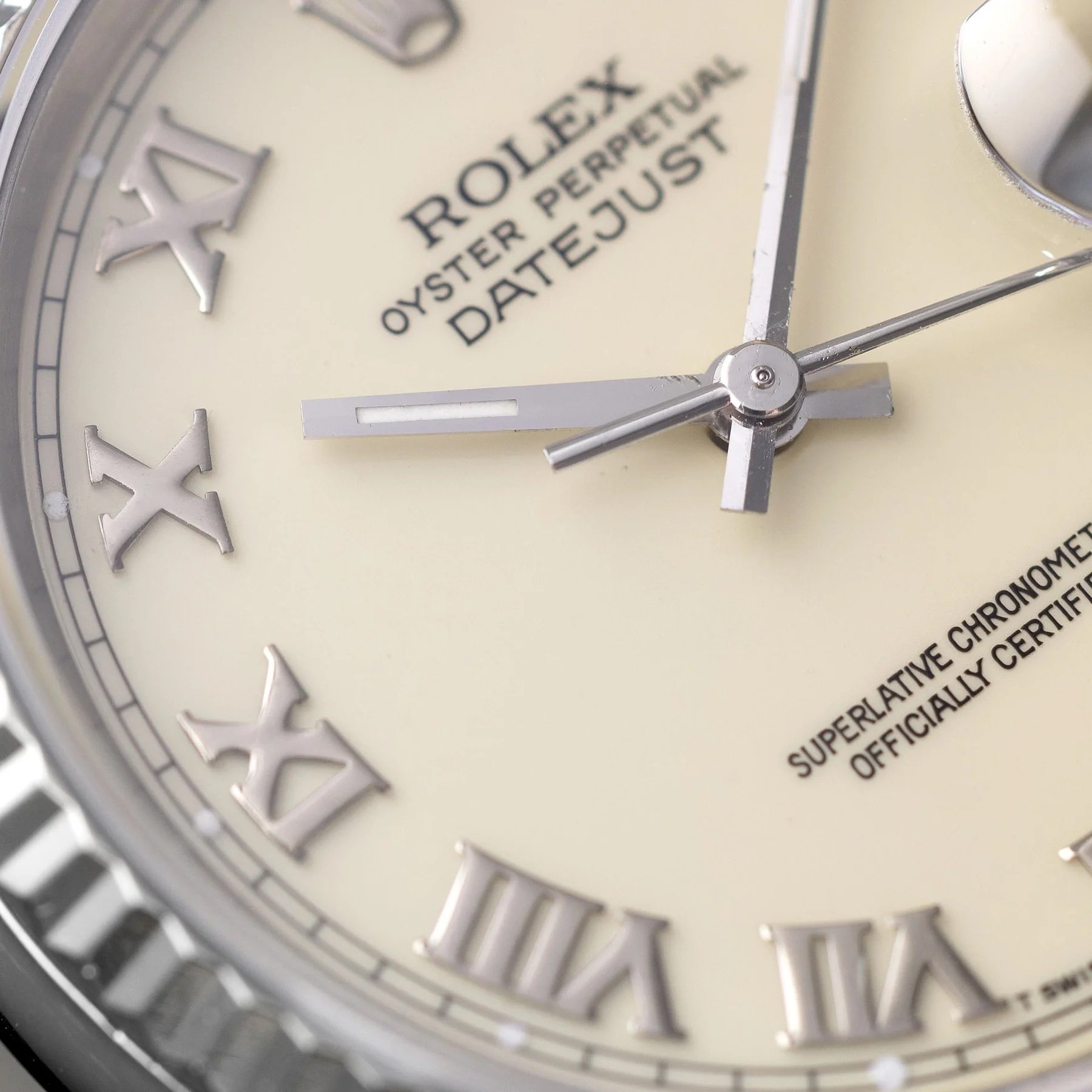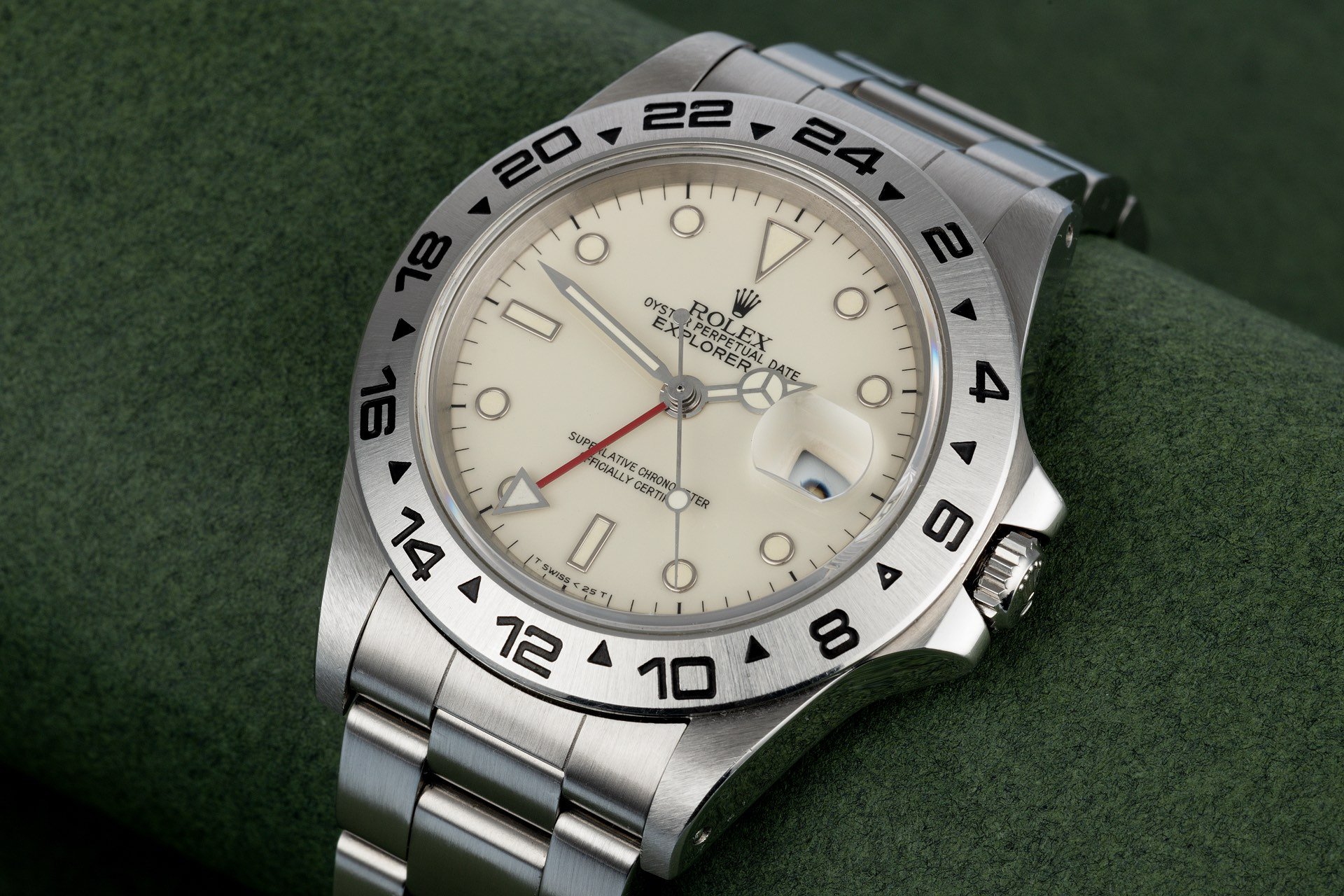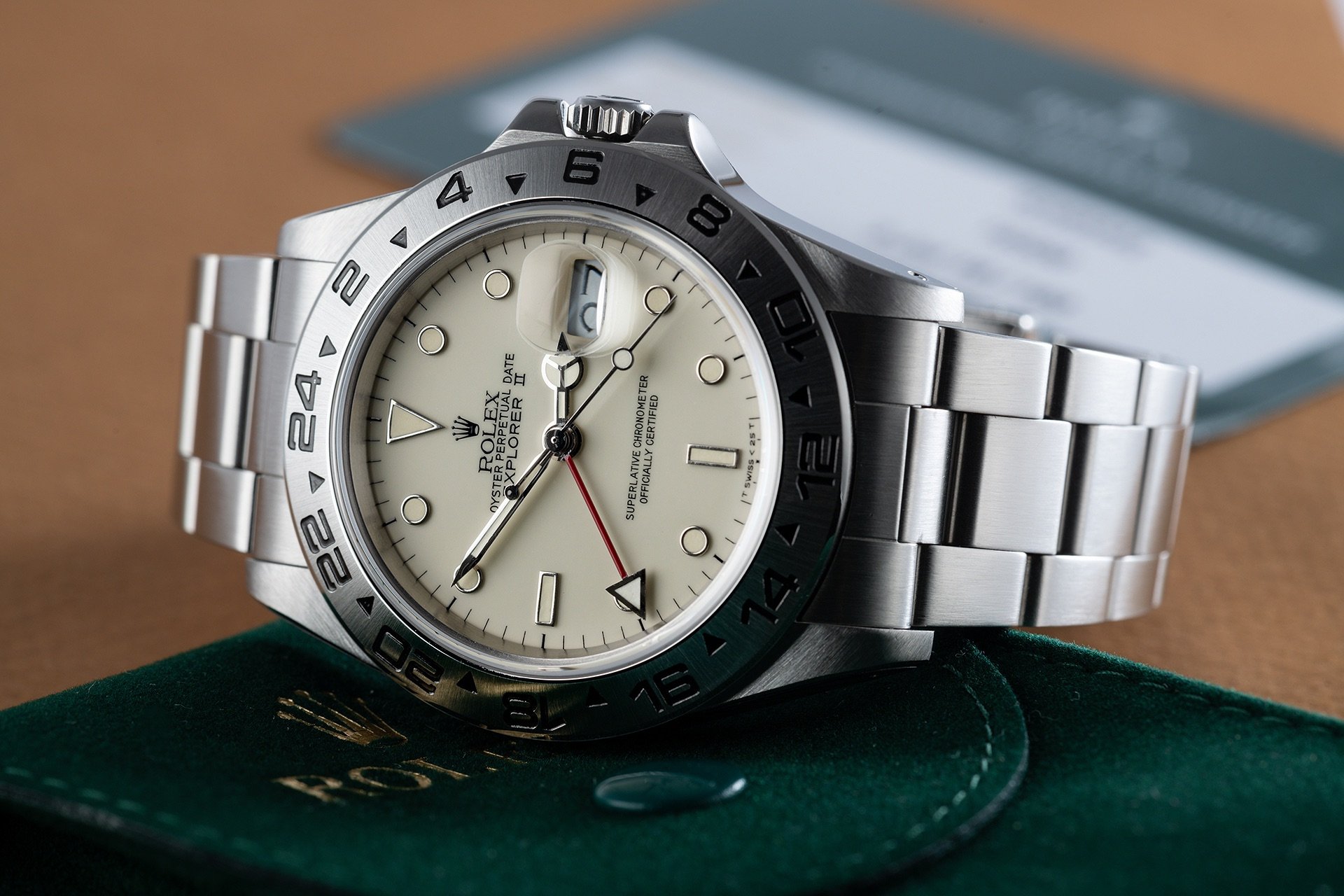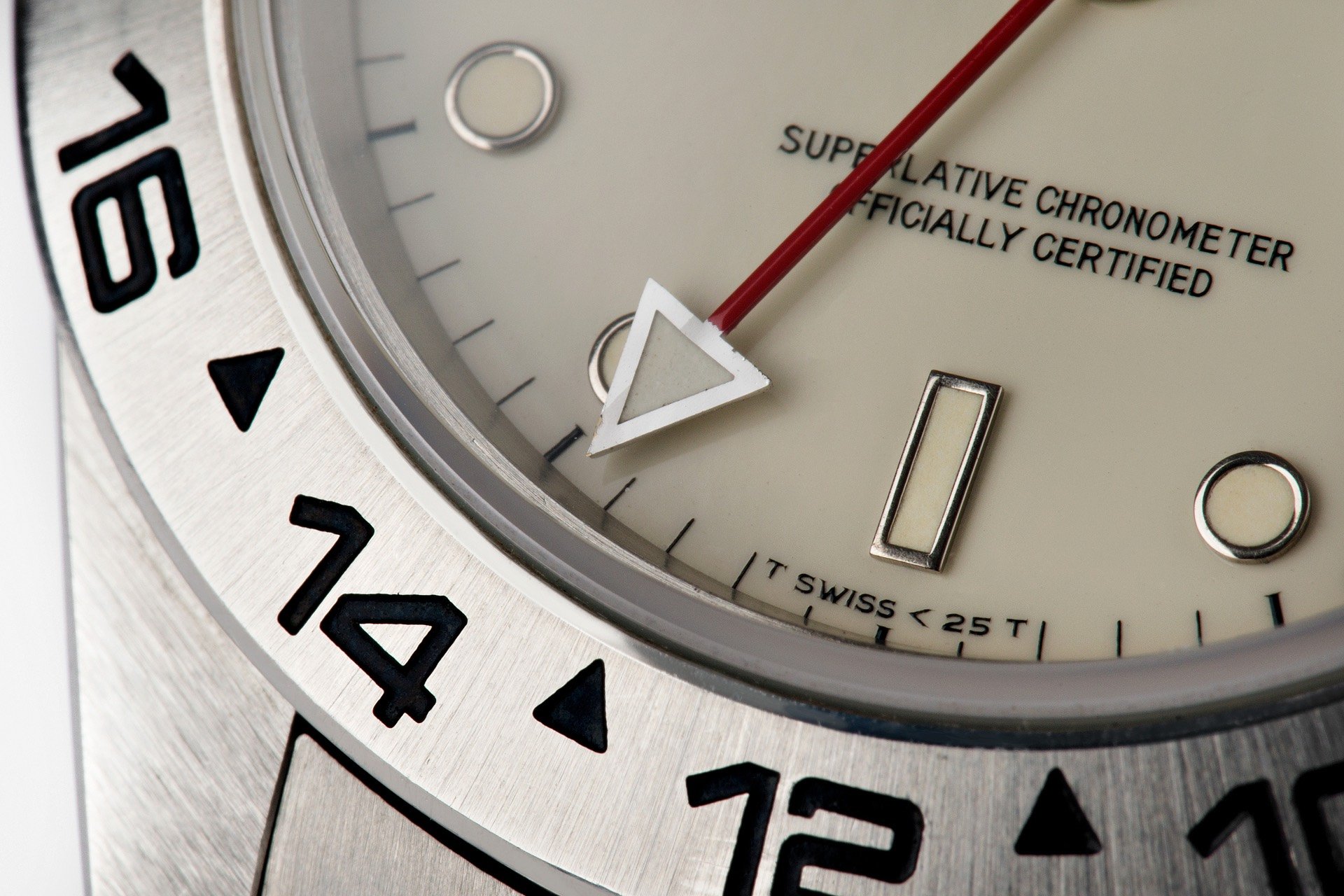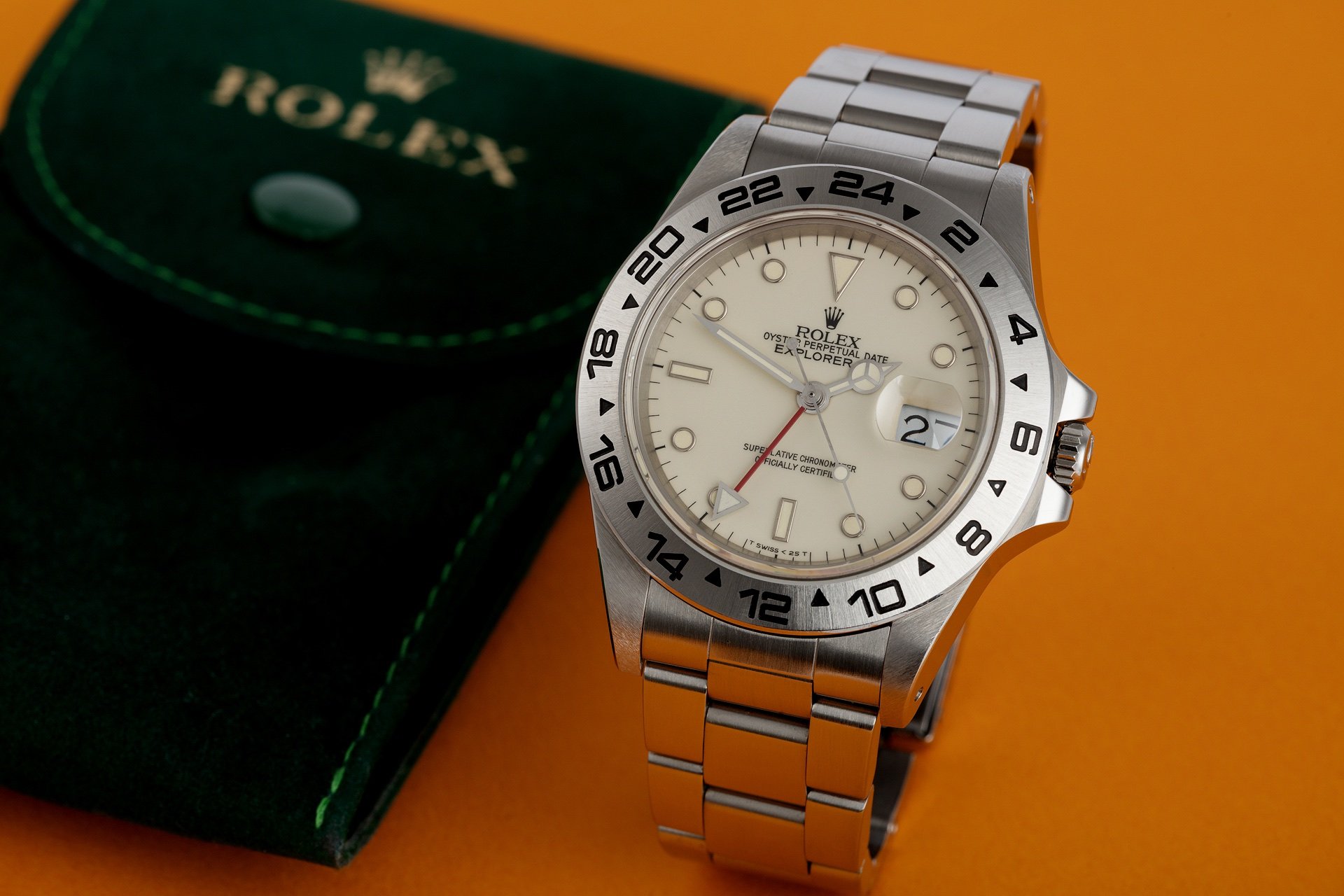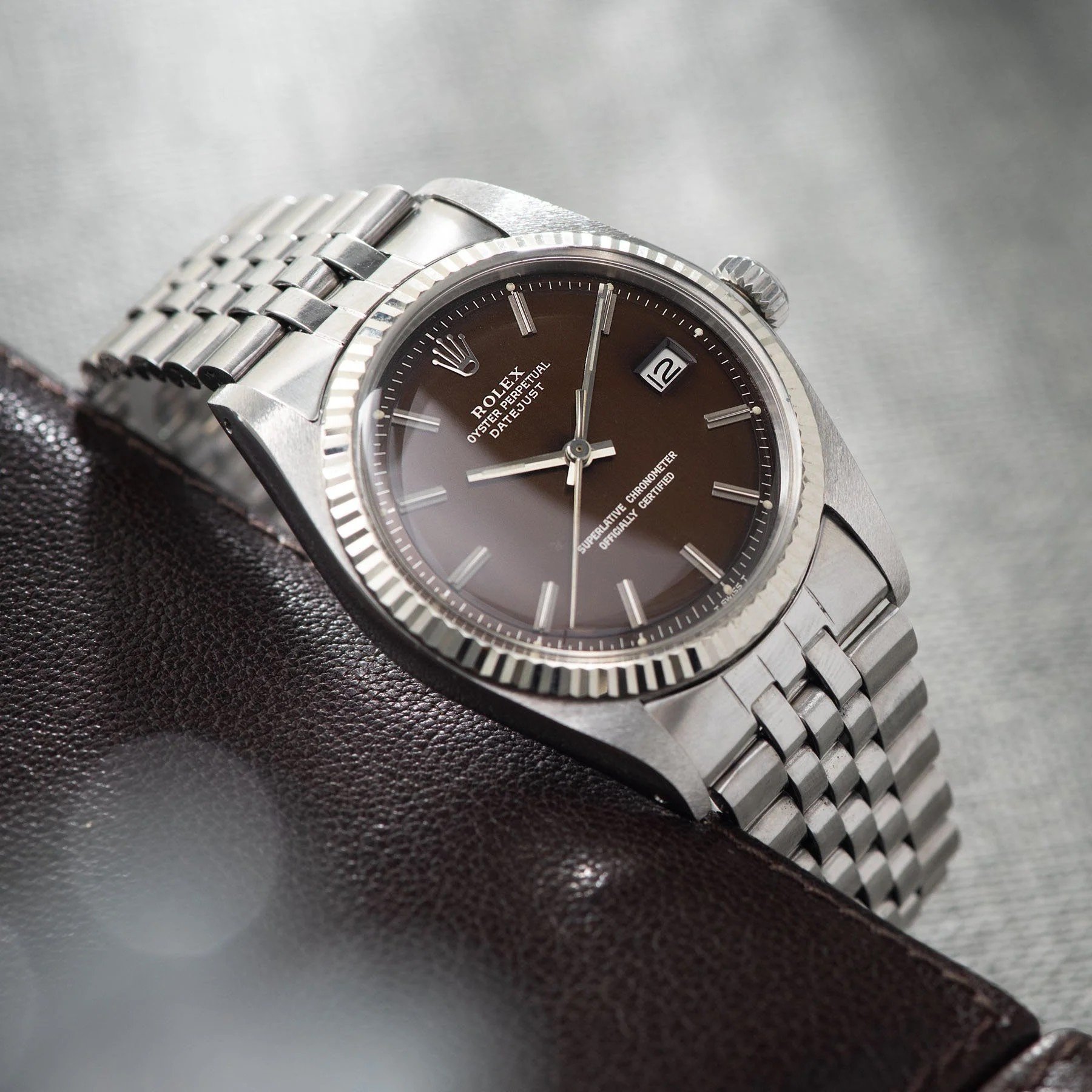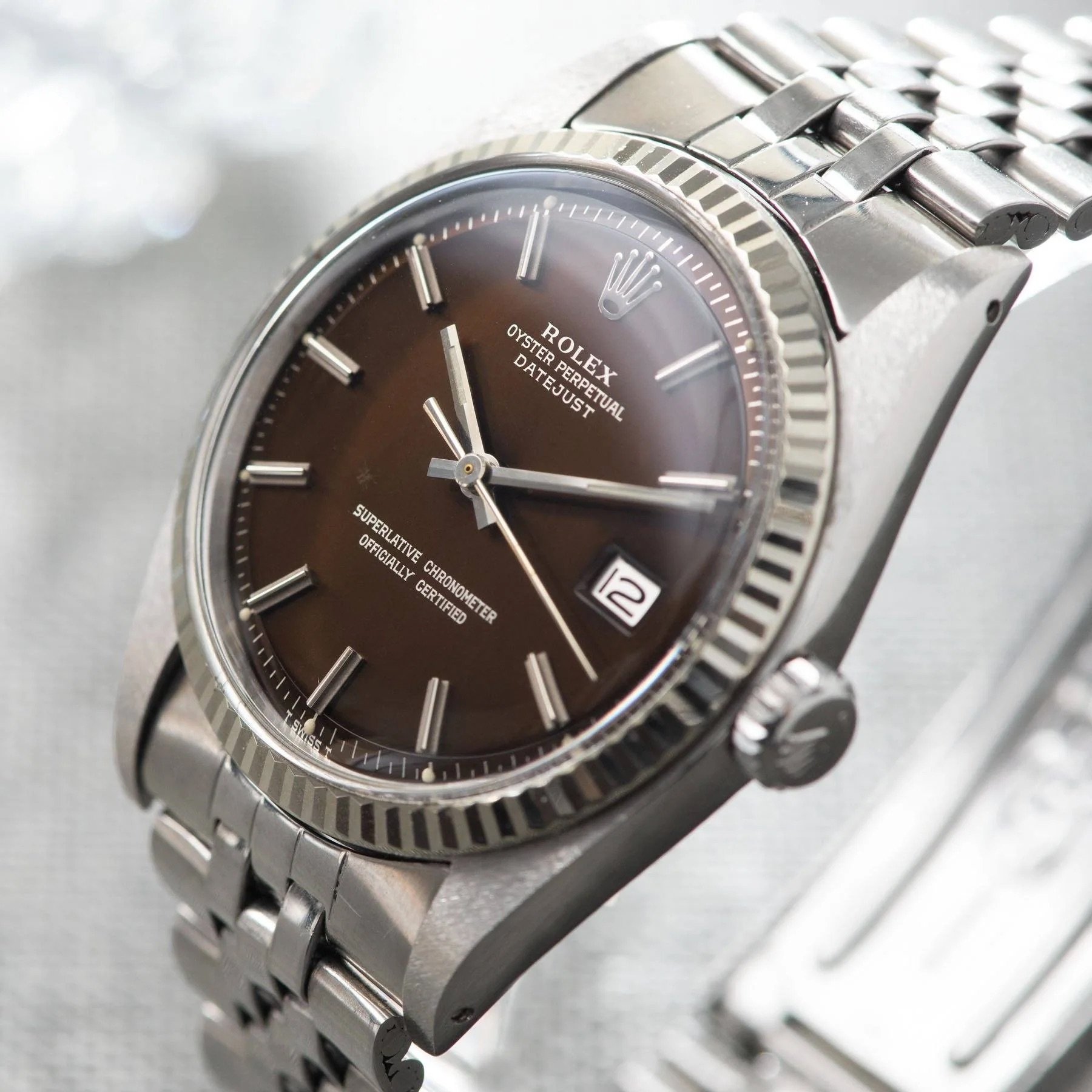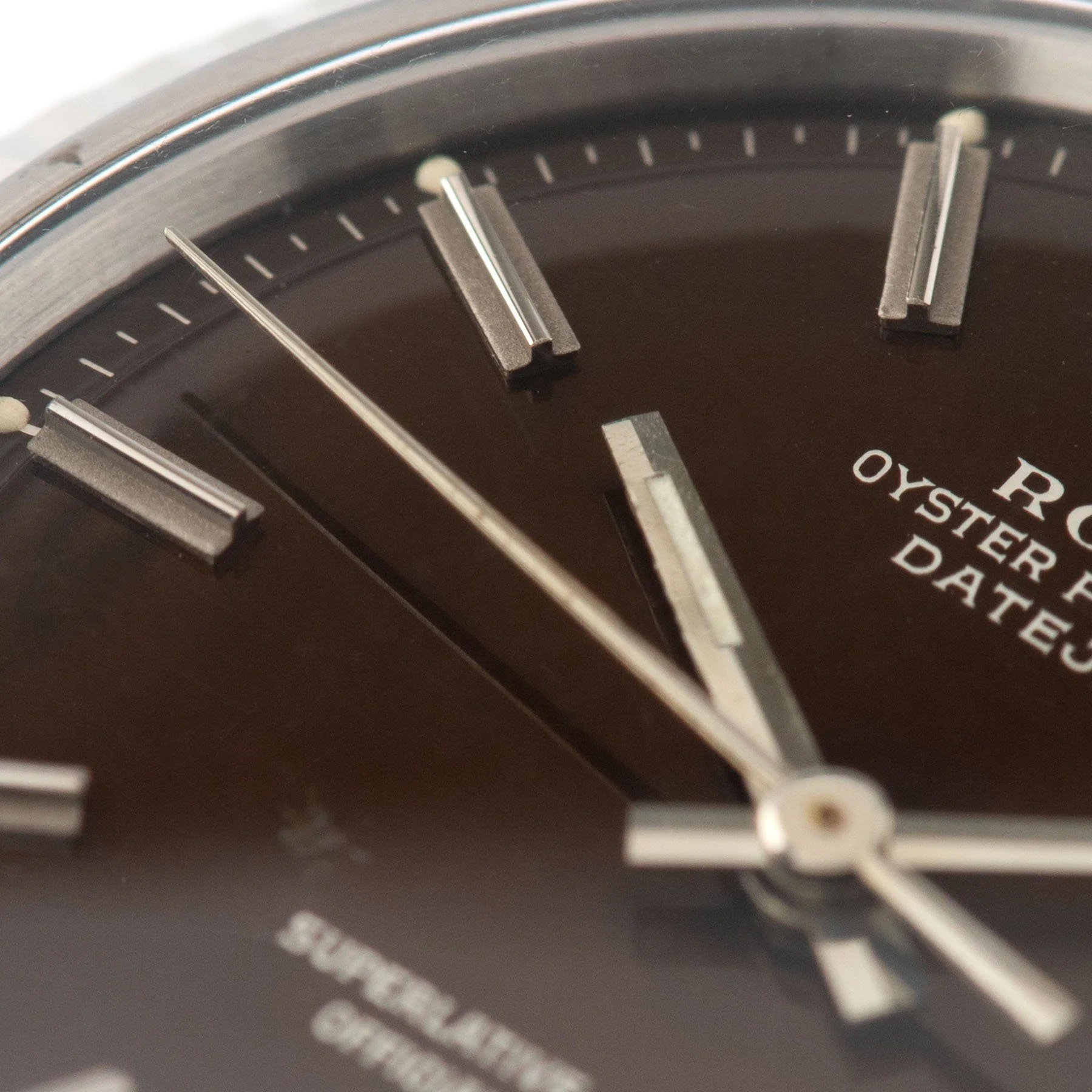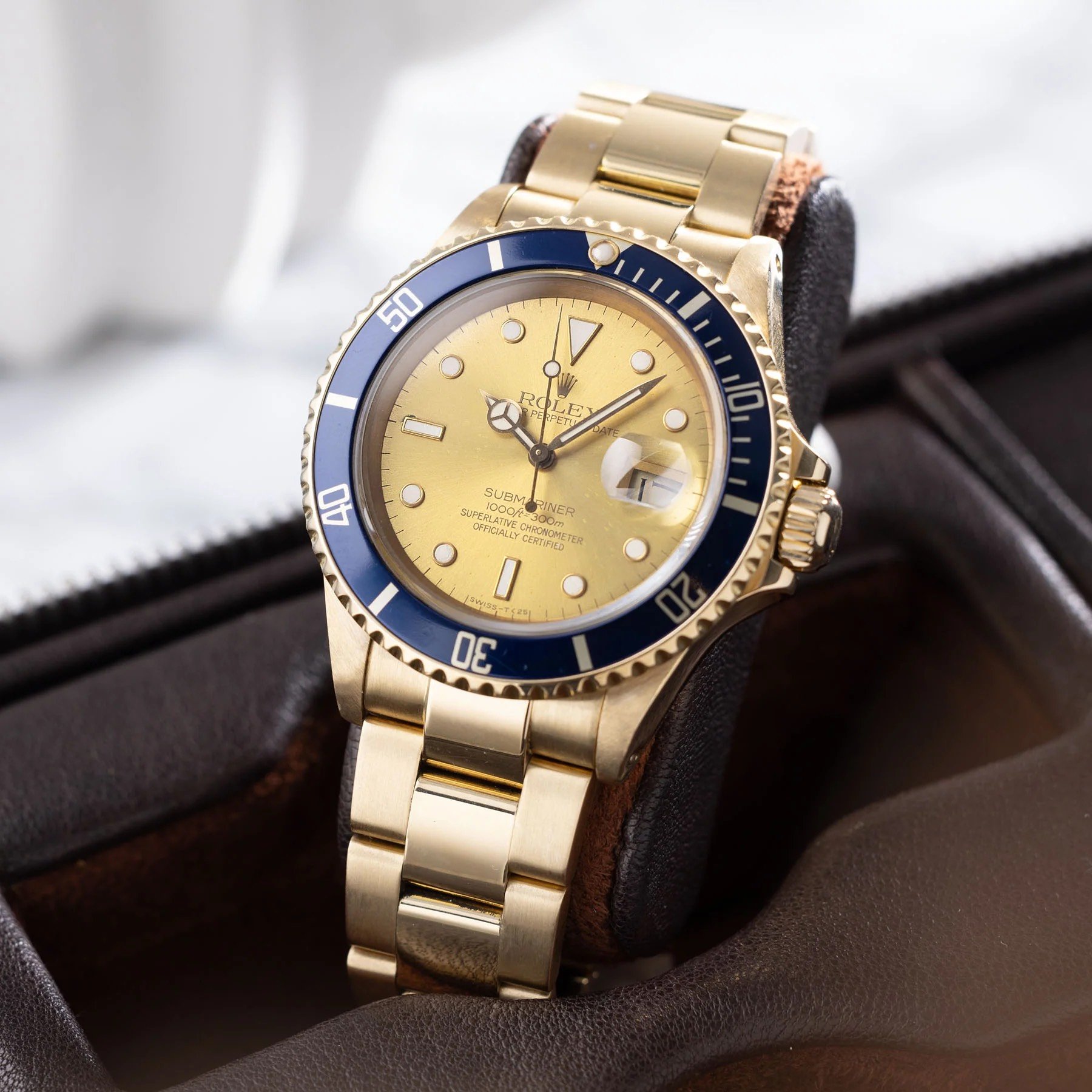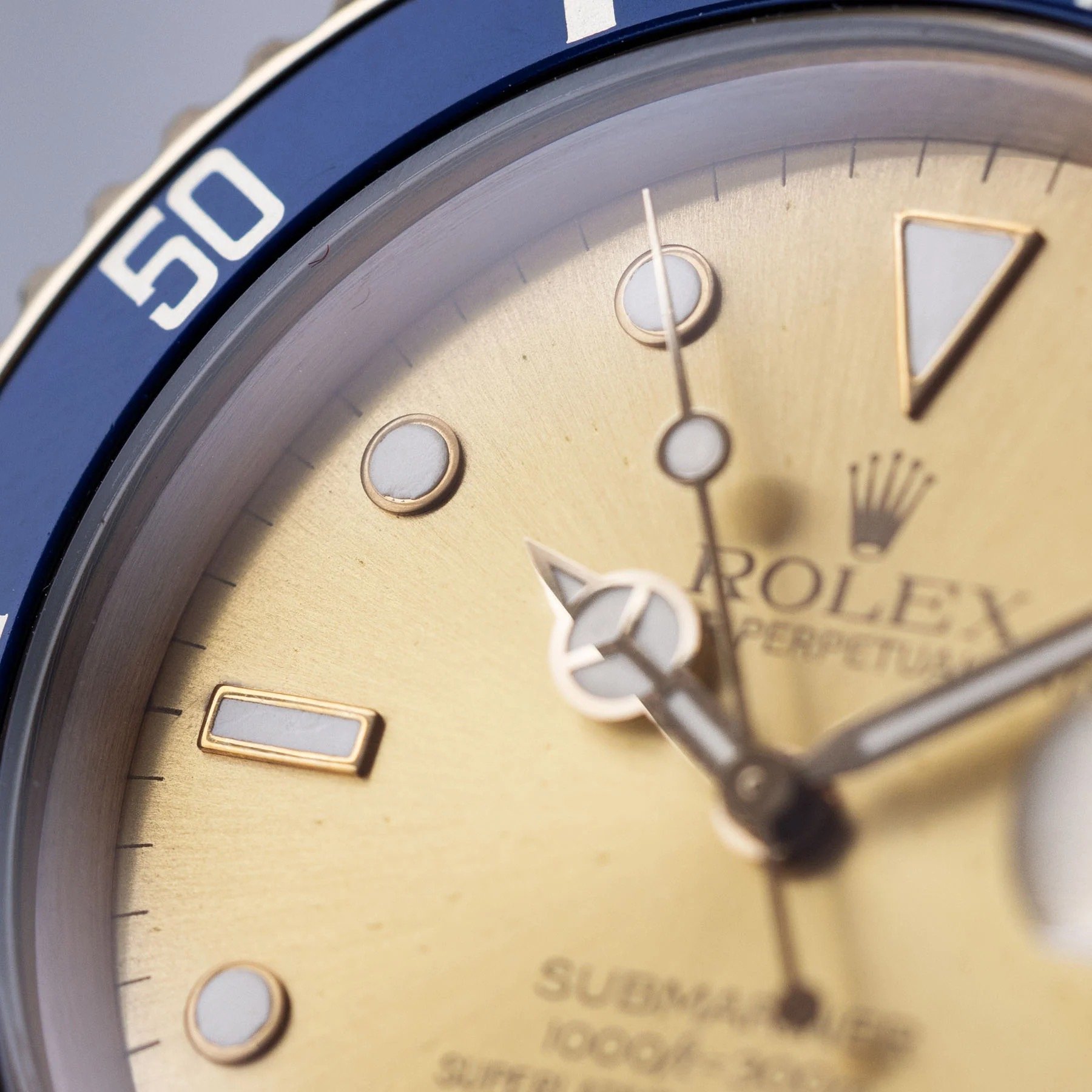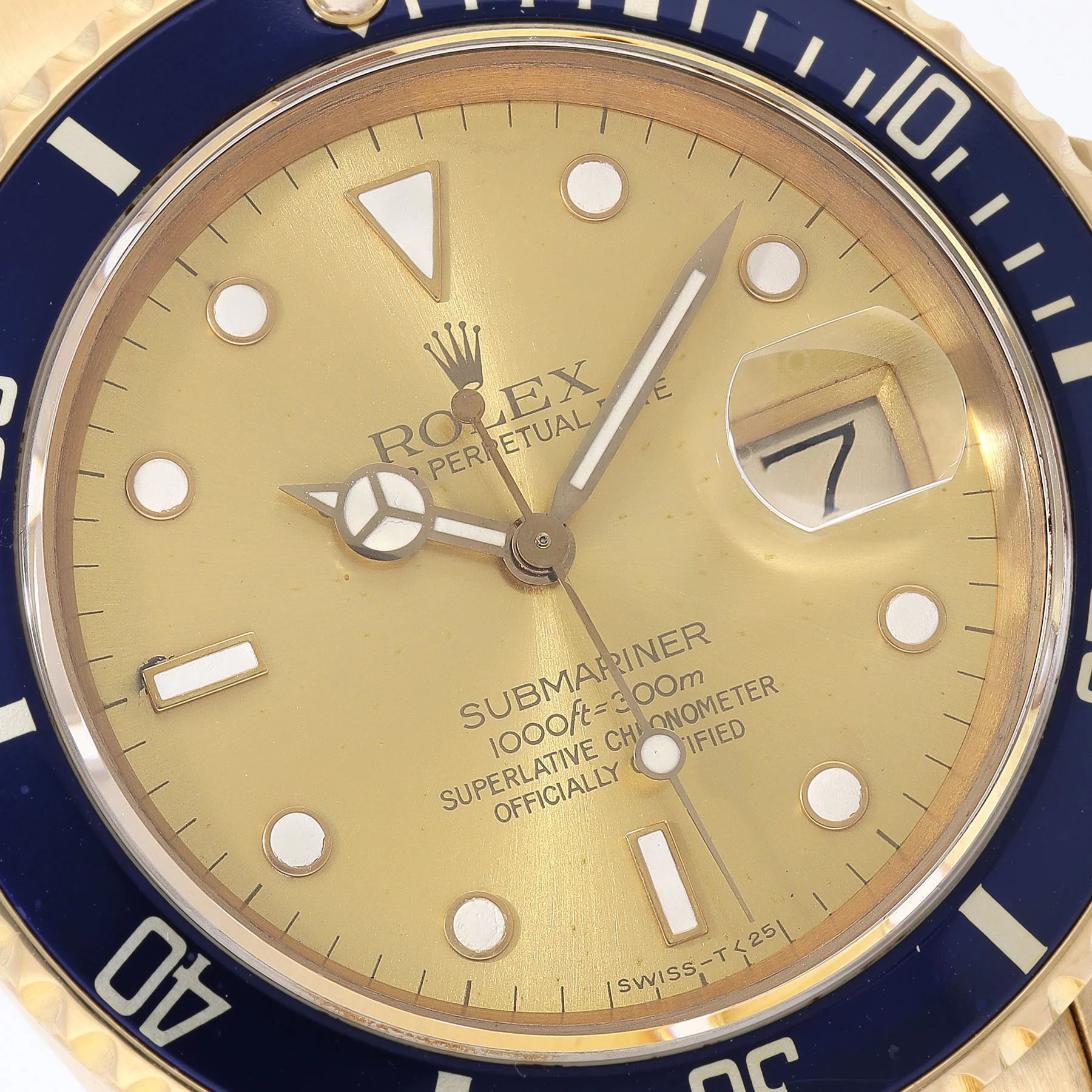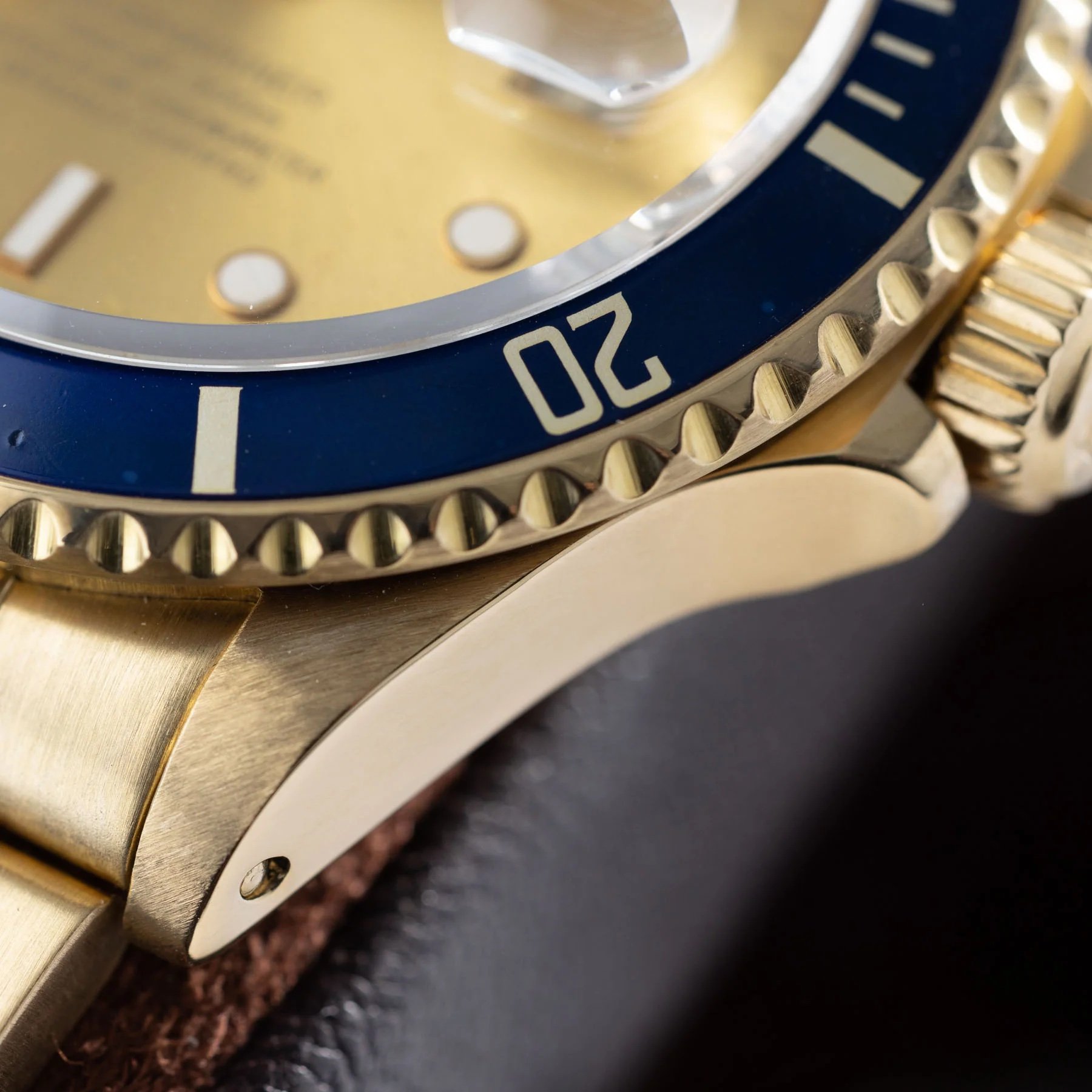Fratello’s Top 5 Rolex Watches With Discolored Dials — Featuring A Datejust, An Explorer II, A Cosmograph Daytona, And More…
Another Friday, another Top 5! After last week’s Chinese New Year watches, it’s time to look at some production errors, specifically discolored dials. Paying extra money for a production defect seems like a crazy thing to do. In the world of Rolex, however, this is far from an uncommon phenomenon, with dials like these sometimes commanding significant premiums. Especially when it comes to Rolex dials, there is a lot of interest in obvious production errors. Often, their value is determined by scarcity, an understandable factor in any type of collecting. But let’s not forget that quite a few of these Rolex dials also look very cool. So let’s not think about money for a second and forget that we are looking at production errors. Instead, let’s focus on our top five Rolex watches with discolored dials and appreciate them for their unintended beauty.
As soon as anyone mentions Rolex “Tropical” dials, the standard once-black dials that turned brown immediately come to mind. However, in addition to those, we wanted to focus on some of the less obvious discolored dials. If you’re a Rolex enthusiast, you will be familiar with our picks. But even so, this list might be a nice reminder of the many blissful discolored dials out there. Let’s not waste too much time and get straight to business!
Rolex Cosmograph Daytona ref. 16520 “Patrizzi Dial”
Let’s kick things off with a classic. The Daytona ref. 16520 “Patrizzi Dial” is well known among Rolex collectors. This reference was the first automatic Daytona series, which was in production from 1988 to 2000. As most of you will know, the ref. 16520 was powered by a modified Zenith El Primero movement known as the Rolex caliber 4030. The watch was available with either a white or a black dial, and Rolex collectors have distinguished five dial variants from this reference’s 12-year production run. The “Patrizzi” dials in black and white were of the Mk. IV variety and feature discolored sub-dial rings. These dials were produced in 1994 and 1995.
We prefer the black variants of the Patrizzi dials. The white of the sub-dial rings on these dials has changed to a beautiful cream or beige color, giving the watch a chic presence. The story goes that when Antiquorum founder Osvaldo Patrizzi offered his Rolex collection up for auction in 2006, it included one of the ref. 16520s that featured discolored sub-dial rings. As he was the one who discovered the discoloration, the dials were named after him.
The discoloration did not stabilize
So, what was the reason for the discoloration? When these specific dials were produced, Rolex used an organic varnish called Zapon to protect them. Rolex was unaware during the production that the lacquer did not provide enough coverage. Over time, the white outer tracks oxidized and changed to a cream color after exposure to UV light. The remarkable thing is that the discoloration did not stop over time. Thus, the older the watches get, the more the color will change.
This means that every single dial is unique, and that is what Rolex collectors love to pay extra money for. You can expect asking prices between roughly €30K and €45K. But that money will get you one of the most attractive modern Daytona models that Rolex never intended to create. The discoloration adds a certain charm to the Daytona that makes it look super nice. It’s one of the best modern Daytonas out there if you ask us.
Rolex Datejust ref. 16234 “Cream Dial”
We often associate discolored dials with Rolex sports watches, but some Datejusts have amazing discolored dials too. One personal favorite is the Datejust ref. 16234 with a “cream” dial. It is part of the Datejust ref. 162xx series, which was in production from 1988 until roughly 2000. The watch featured the 36mm Datejust case fitted with a white gold fluted bezel.
The case houses the famous Rolex caliber 3135. The automatic movement powered not only the Datejust but also the Submariner for decades. This Datejust model was originally delivered with a white porcelain dial graced with Roman numerals and a railroad minute track. Finishing off the look perfectly is the stylish bracelet.
While the original white-dial model is an absolute beauty, it gets even better with a discolored dial. The white color slowly changes to off-white and sometimes a cream hue. As with many discolored dials, each example ages differently, making every watch unique.
I love this specific version of the Datejust a lot. Salmon-dial versions of the ref. 16234 are high on my Datejust list as well, but the subtle nature of these cream dials is charming and makes for one of the most stylish Datejusts out there. Expect to see asking prices between roughly €6,500 and €7,500 for this gem.
Rolex Explorer II ref. 16550 “Cream Dial”
We’ll stay with the cream dials for a bit with our next pick. It’s an obvious choice, but that doesn’t mean we love this watch any less. The watch in question is the Rolex Explorer II ref. 16550 “Cream Dial” that was produced from 1985 until 1987. This short-lived reference is a transitional model that preceded the famous Explorer II ref. 16570 (some early examples of which also have discolored dials). The ref. 16550 was the follow-up to the legendary first-generation Explorer II ref. 1655. The watch was introduced with a bigger 40mm stainless steel case and a new overall aesthetic. It’s the same general design that Rolex still uses for its current Explorer II ref. 226570, though that looks even more modern.
Inside the case, Rolex powered the watch with its in-house caliber 3085. This automatic movement debuted in 1983 for the first GMT-Master II, also known as “The Fat Lady.” It was the first Rolex GMT caliber with an independently adjustable 12-hour hand. But the story of this ref. 16550 is all about the dial. As most of you know, Rolex used white paint for these dials, which slowly changed color over time. Along with that, the tritium lume also changed color over time. In the best cases, the colors match and create a wonderful cream-colored visage.
The magic of a “Rail Dial”
But even the models with different dial and lume colors make for really nice timepieces. Once again, there is a certain charm that adds to the overall appeal of this specific Explorer II. Rolex quickly corrected the mistake after noticing it, making the pieces fairly rare. I say “fairly” as there are plenty available for sale. However, as they are very desirable for collectors, prices for these models are steep. Expect them to start at roughly €20K and move up to around €45K for the rare versions with a “Rail Dial.”
The “Rail Dial” versions are my absolute favorites. What does this nickname mean? Well, for a small portion of the cream-dial ref. 16550s, the Rolex designers aligned the “C” in “Chronometer” in the first line with the “C” in “Certified” in the second line of text on the lower part of the dial. As someone who worked in graphic design, I strongly prefer symmetry and logic regarding font types and text placement, so that’s why I love these dials so much. Only a few Explorer II dials (such as this one) provide this visual bliss, making them the most expensive of the brilliant cream-dial Explorer II ref. 16550 models.
Rolex Datejust ref. 1601 “Tropical Dial”
I sometimes wonder why Rolex didn’t actually produce some of the “Tropical” dial colors. This next Datejust is one of those as it simply looks stunning. We could have focused on all the different sports models with Tropical dials, but we wanted to highlight some brilliant Datejust with disclosed dials instead. This Datejust ref. 1601 is a perfect example of that.
This classic reference was introduced in 1959 and produced through the 1960s and a large part of the ’70s. During its production run, the ref. 1601 was updated multiple times. The initial caliber 1565 (18,000vph) was updated to the caliber 1575 (19,800vph), the hands were updated, and the bracelet was improved multiple times.
The ref. 1601 came with a white gold fluted bezel and often a Jubilee bracelet. Some Tropical versions feature vertically brushed gilt dials that discolored from black to a beautiful chocolate brown over time. This results in a super chic aesthetic that makes the Datejust look stunning.
While Rolex created many dials, including some amazingly colorful ones, seeing a Tropical dial like this is special. You don’t see that many with such a beautiful patina. On top of that, if you do, you can be sure they are expensive. Prices range from roughly €10K to €20K depending on the watch’s condition and the dial’s beauty.
Rolex Submariner ref. 16808 “Tropical Dial”
The last pick for this list is a Submariner. But it’s not one of the classic stainless steel Submariners with a once-black dial that turned into a brown Tropical dial. No, this is an all-yellow-gold Sub with a blue bezel and what used to be a blue dial. However, as you can see, that has changed quite drastically. The dial has changed to a warm honey color, and at first glance, you would think that Rolex had intended it that way.
The ref. 16808 was in production from 1978/79 until 1988. Along with its stainless steel brother ref. 16800, it represents the first generation of the modern Submariner with a sapphire crystal and applied indices filled with lume.
Inside the 40mm gold case, Rolex equipped this Submariner with its caliber 3035. The automatic movement featured a quickset date and a 42-hour power reserve. But the story of the ref. 16808 is all about the dial color. It’s a reference that is known for its “Tropical” dial. The original blue dial would discolor from blue to green or purple, but few discolored so much that they would turn into a color almost matching the gold of the case and bracelet.
It’s worth checking out all the different discolored dials of the gold ref. 16808 and witnessing some of the unintended magic. As you would expect, these special watches do not come cheap. Expect to see asking prices between roughly €30K and €70K, depending on the condition of the watch. What you get in return might be one of the most unique Tropical dials we have seen from The Crown.
Final thoughts on the top five Rolex watches with discolored dials
There you have it — five Rolex models that all stand out because of their discolored dials. Because of their appealing and gracefully aged looks, they have become much-loved cult favorites among Rolex fans. We love all five models and are curious about which one you like best. Let us know your pick in the comments, and we will see you again for a new list next week!
Featured image: The Watch Club

